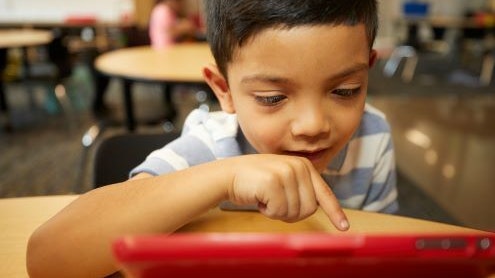Homepage
•
Learning Library
•
Blog
•
ISTE Certified Educator Shares 4 Tips for Teaching With Tech
Expand breadcrumbs
Expand breadcrumbs
- Learning Library
- Blog
- ISTE Certified Educator Shares 4 Tips for Teaching With Tech
- Homepage
- •
- Learning Library
- •
- Blog
- •
- ISTE Certified Educator Shares 4 Tips for Teaching With Tech
ISTE Certified Educator Shares 4 Tips for Teaching With Tech
By Nicole Krueger
February 11, 2023








